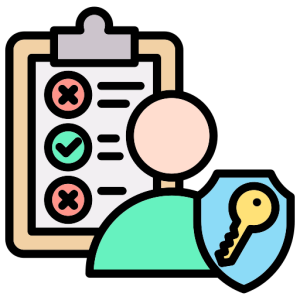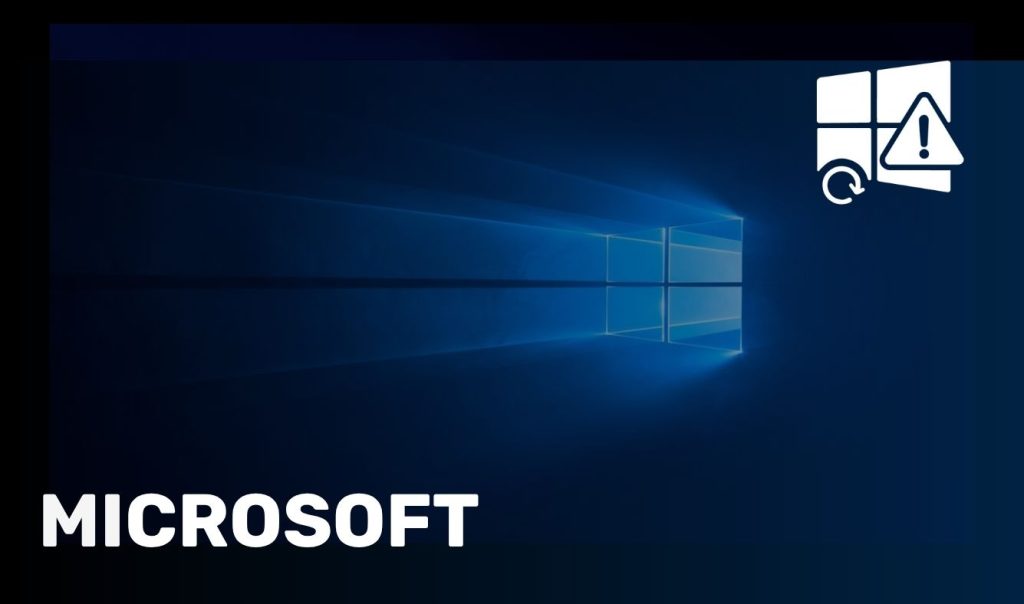Managing access to sensitive data and critical systems is one of the biggest challenges for businesses today. Without a structured access control system, organizations risk unauthorized access, data breaches, and compliance violations. One of the most effective solutions to this challenge is Role Based Access Control (RBAC)—a method that assigns permissions based on predefined roles rather than granting access to individual users.
This guide by Creative Networks explores how RBAC works, its benefits, how it compares to other access control models, best practices, and implementation strategies.

What is Role-Based Access Control (RBAC)?
Role-Based Access Control (RBAC) is an access management system that grants users permissions based on their job role within an organisation. Instead of assigning access rights to individuals, permissions are grouped into roles, and users are assigned to those roles. This simplifies security management and ensures that users only have access to the data and resources necessary for their job functions.
Example of Role-Based Access Control
Consider an E-commerce Company where employees require different levels of access:
Role | Order Management | Customer Data | Financial Records | Admin Settings |
Sales Rep | ✅ | ✅ | ❌ | ❌ |
Accountant | ❌ | ✅ | ✅ | ❌ |
IT Administrator | ✅ | ✅ | ✅ | ✅ |
Customer Support | ✅ | ✅ | ❌ | ❌ |
In this scenario:
- A Sales Rep can access order management and customer data but not financial records.
- An Accountant has access to financial records but cannot modify order details.
- An IT Administrator has full access to all resources.
By structuring permissions this way, RBAC ensures that employees can only access data necessary for their responsibilities, reducing security risks.

Advantages and Benefits of Role-Based Access Control
1. Stronger Security & Access Management
RBAC enforces strict access controls, ensuring employees can only access the systems and data required for their roles. This reduces internal security threats and prevents accidental or malicious data exposure. By implementing role-based access control in databases, cloud environments, and networks, organizations can ensure sensitive information remains protected.
2. Simplified Identity and Access Management (IAM)
Using identity management with role-based access control, IT teams can efficiently manage user access across multiple systems without manually assigning permissions to each employee. This reduces administrative burden and eliminates inconsistencies in permission assignments.
3. Improved Regulatory Compliance
Industries such as finance, healthcare, and government require strict data security compliance with regulations like GDPR, HIPAA, and PCI-DSS. RBAC helps businesses meet these requirements by enforcing structured access control policies, ensuring that only authorized users can access confidential data. Many security audits require organizations to demonstrate controlled access to sensitive data, and RBAC provides a clear, auditable structure for compliance.
4. Reduced Risk of Insider Threats
Employees with excessive access privileges pose a significant security risk. With RBAC, organizations follow the Principle of Least Privilege (PoLP), granting users only the minimum access required for their job. This significantly reduces the risk of data breaches, insider threats, and accidental data loss.
5. Operational Efficiency & Cost Savings
RBAC streamlines user provisioning and deprovisioning, making onboarding and offboarding faster and more efficient. IT teams no longer need to manage permissions manually, reducing administrative costs. Additionally, businesses can prevent unnecessary software licensing costs by ensuring only required personnel have access to certain applications.
6. Scalability for Growing Organisations
As companies scale, manually managing individual user permissions becomes impractical. RBAC simplifies scalability by allowing businesses to create and modify roles without affecting hundreds or thousands of users individually. Large enterprises, SaaS providers, and cloud platforms benefit from this structured approach to access management.
7. Consistent and Auditable Access Control Policies
Since RBAC follows a structured and predefined access management framework, it provides consistent security policies across the organization. Security audits become easier because IT administrators can quickly generate reports showing access control policies, reducing compliance audit complexities.
8. Integration with Multi-Factor Authentication (MFA)
For organizations looking to enhance security further, RBAC can integrate with MFA solutions. Combining RBAC with MFA ensures that even if credentials are compromised, unauthorized access is still blocked.
RBAC vs. Other Access Control Models
RBAC is often compared to other access control models, each with distinct security approaches.
Access Control Model | How It Works | Best For | Security Level |
Mandatory Access Control (MAC) vs. Role-Based Access Control (RBAC) | MAC is the strictest model, where a central authority assigns access based on security clearance. RBAC allows flexibility by grouping permissions into roles. | Government agencies, military, and highly regulated industries. | Very High🔒 |
Access Control List (ACL) vs. Role-Based Access Control List | ACL assigns permissions directly to individual users or groups for specific files or network resources. RBAC manages access through predefined roles. | Organizations requiring user-specific access control. | Moderate✅ |
Attribute-Based Access Control (ABAC) vs. Role-Based Access Control (RBAC) | ABAC grants access based on user attributes (e.g., location, device, job level), while RBAC uses fixed roles. | Enterprises needing granular, dynamic access control. | High🏆 |
While RBAC simplifies user management, ABAC offers more flexibility but can be complex to implement. ACLs are suitable for individual access control but become inefficient at scale.
How to Implement Role-Based Access Control
1. Assess Business Needs
Identify which employees require access to specific systems. Consider job functions, regulatory compliance, and security risks.
2. Define Roles & Permissions
Structure your RBAC design by defining roles based on departments, responsibilities, and security levels.
3. Use an Identity Management System
Implement identity management with role-based access control using IAM tools like:
- Microsoft Azure RBAC
- Okta
- AWS IAM
4. Regularly Audit and Update Roles
Over time, job roles change, requiring updates to RBAC policies. Conduct regular security audits to ensure compliance and remove unnecessary access permissions.
5. Educate Employees on Access Security
Users should understand why access control is important and follow best practices, such as:
- Using strong passwords and enabling multi-factor authentication (MFA).
- Reporting suspicious login attempts or unauthorized access requests.
Final Thoughts: Strengthening Security with RBAC
RBAC is a powerful access management model that improves security, simplifies identity management, and ensures compliance. By implementing well-defined roles and best practices, businesses can reduce cyber risks and protect sensitive data.
Contact Creative Networks Today
At Creative Networks, we help businesses implement robust role-based access control solutions to enhance security, streamline access management, and ensure compliance. Whether you need RBAC for Cloud Applications or Network related services, our experts provide tailored solutions to protect your sensitive data and strengthen your security posture.
Contact Creative Networks today to integrate RBAC into your Security framework and safeguard your organisation against unauthoriSed access and cyber threats.




